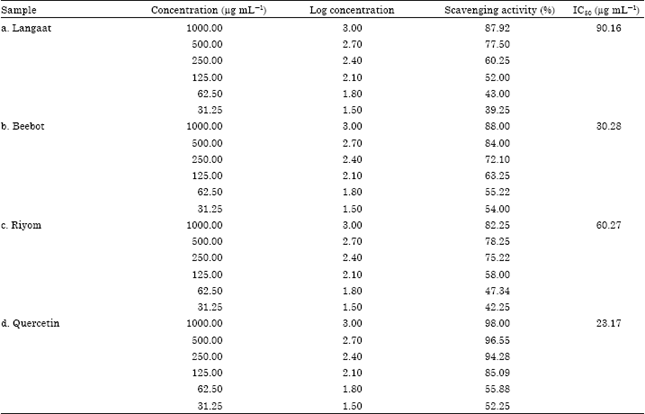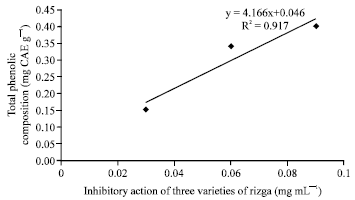Research Article
Phenolic Content, Antioxidant Capacity and Toxicity of 3 Varieties of Living Stone Potato (Rizga)
Department of Biochemistry, National Root Crops Research Institute, Umudike, Umuahia, Abia State, Nigeria
K.C. Eleazu
Department of Biochemistry, National Root Crops Research Institute, Umudike, Umuahia, Abia State, Nigeria
A.I. Ikpeama
Department of Biochemistry, National Root Crops Research Institute, Umudike, Umuahia, Abia State, Nigeria













